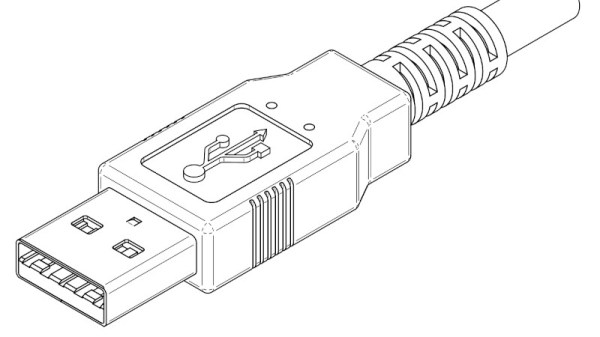Portability has been a goal of a sizable section of the computing world for many decades now. While the obvious products of this are laptops, there are a number of “luggable” PCs that pack more power while ostensibly maintaining their portability. Going back in time past things like the LAN party era of the 90s and 00s takes us to the early era of luggables, with the Commodore SX-64 being one such machine of this era. Its portability is on display in this video where [saveitforparts] is using it to access the Internet over satellite.
The project uses a Glocom Inmarsat modem and antenna to access the internet through a geostationary satellite, but since this computer is about four decades old now this takes a little bit more effort than a modern computer. A Teensy microcontroller is used to emulate a modem so that the Ethernet connection from the satellite modem can be understood by the Commodore. There was a significant amount of setup and troubleshooting required as well, especially regarding IP addresses and networking but eventually [saveitforparts] got the system up and running well enough to chat on a BBS and browse Wikipedia.
One thing he found that might make a system like this relevant for a modern user is that the text-only mode of the Commodore significantly limited data use. For a normal Internet connection this might be a problem, but on a geostationary satellite network where the data is orders of magnitude more expensive, this can be surprisingly helpful. We might not recommend an SX-64 system specifically, but one inspired by similar computers like this text-only cyberdeck might do the trick with the right networking connections.



















